Domain Eukaryota Family Gymnodiniaceae Phylum Dinoflagellata | Genus Cochlodinium Rank Species | |
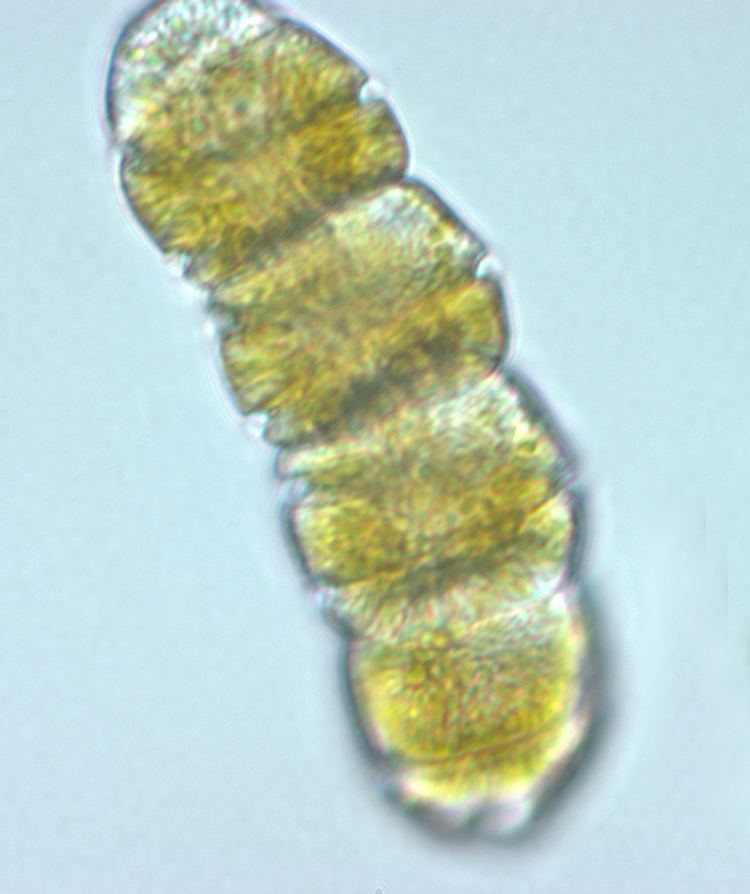 | ||
Similar Gymnodinium, Akashiwo sanguinea, Prorocentrales, Alexandrium, Chattonella | ||
Cochlodinium polykrikoides
Cochlodinium polykrikoides is a species of red tide producing marine dinoflagellates known for causing fish kills around the world, and well known for fish kills in marine waters of Southeast Asia.
Contents
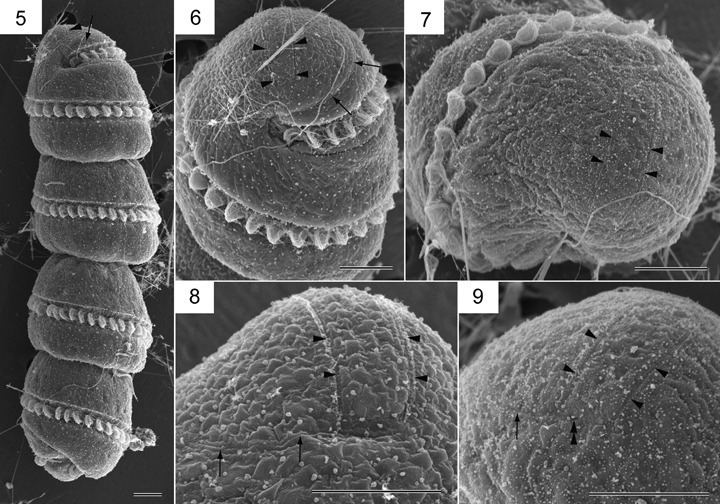
Cochlodinium polykrikoides is a highly motile organism. They are generally found in aggregations of 4 or 8 cell zooids. Cochlodinium polykrikoides is capable of mixotrophy, which makes them extremely persistent during a large algal bloom. Cochlodinium is thought to have a cyst-type overwintering stage in their life cycle. This process allows C. polykrikoides to produce a specialized cell that is non-motile. These cells aggregate and rest in certain basins until conditions allow for reproduction and colonies to form.
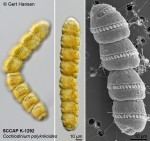
Massive blooms
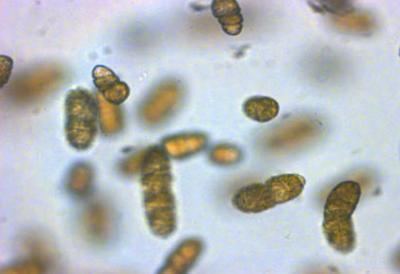
In late 2008 and early 2009 (November–February) there was a massive bloom of Cochlodinium polykrikoides in the Sea of Oman, off the coast of Oman in the Arabian Sea. It was notable for being based on Cochlodinium polykrikoides rather than the Noctiluca scintillans (Noctiluca miliaris) that had been more usual in the immediately previous years. The bloom resulted in massive dying off of fish, damage to coral reefs, and interference with desalinization plants.
Conditions for a Bloom
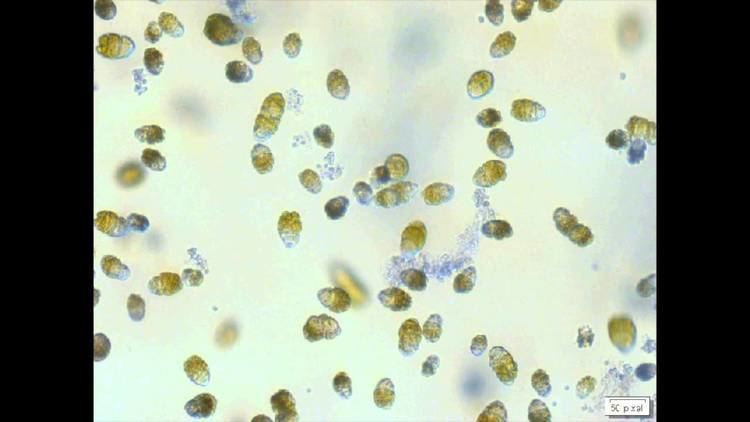
While only minimal research has been done on C. polykrikoides, there have been signs of ideal conditions for these toxic blooms to occur.
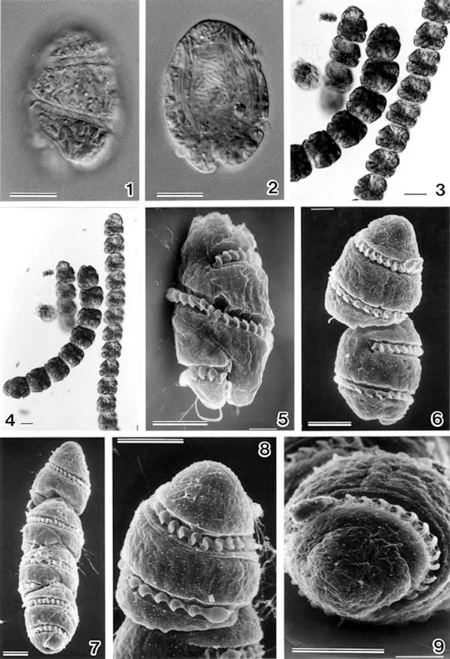
- Sea Surface Temperature (SST)- SST has been shown to be a huge factor in the growth of C. polykrikoides and thus determining when blooms form. Lab studies have shown that C. polykrikoides have the most significant growth between 25.0˚C and 26.0˚C.
- Photosynthetically Available Radiation (PAR)- As for almost all planktonic species, there needs to be enough light for these phytoplankton to photosynthesize. Studies have proven that C. polykrikoides have higher growth rates when solar insolation is increased.
- Favorable Transport- Many are unsure of the source of where C. polykrikoides are generally found, however, currents play an important role when transporting these toxic phytoplankton to favorable areas for a bloom to spawn.
- Upwelling- The nutrient-rich waters that are brought to the photic layer by upwelling hold nutrients (nitrogen compounds, phosphorus compounds, ect.) that are essential in photosynthesis and cell growth. An appropriate wind is needed to cause this upwelling and while also ensuring temperature and transport are also favorable for C. polykrikoides blooms.
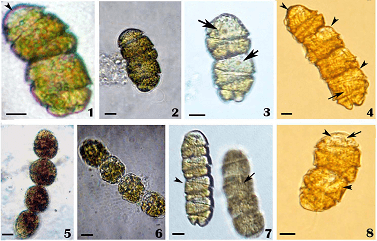
Climate change has been contributing to the increased incidence of harmful algal blooms. Across the oceans SST has been on the rise and coastal upwelling events have been more and more common. As climate change continues to affect the oceans, it is predicted that harmful algal blooms (such as red tides caused by Cochlodinium polykrikoides) will be more frequent in the upcoming years.
